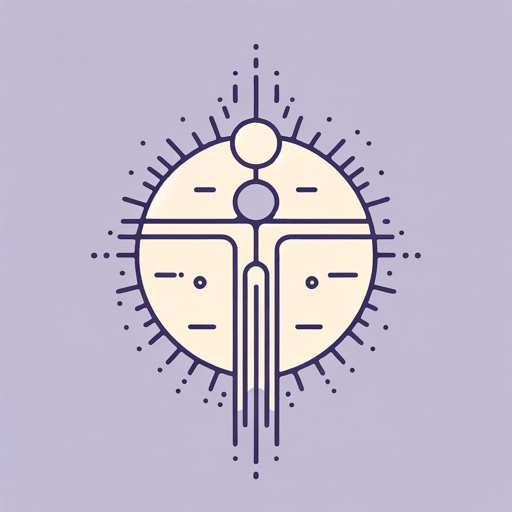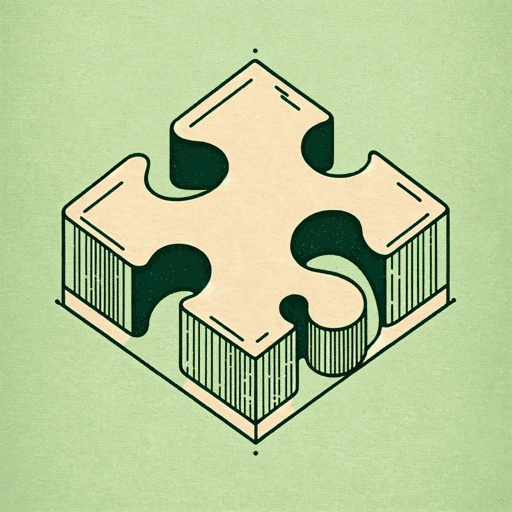50 pages • 1 hour read
Émile DurkheimThe Elementary Forms of the Religious Life
Nonfiction | Reference/Text Book | Adult | Published in 1912A modern alternative to SparkNotes and CliffsNotes, SuperSummary offers high-quality Study Guides with detailed chapter summaries and analysis of major themes, characters, and more.
Book 2, Chapters 5-9Chapter Summaries & Analyses
Book 2, Chapter 5 Summary: “Origins of These Beliefs—Critical Examination of Preceding Theories”
As Durkheim moves from an exposition of totemism to an examination of theories regarding its development, he notes that it meets the definition of a religion: “The beliefs which we have just summarized are manifestly of a religious nature, since they imply a division of things into sacred and profane” (194). Some scholars have held that totemism derives from an earlier stage of religious development, in which an ancient cult of the ancestors or of nature has been subsumed. Durkheim dissents from these views, seeing totemism—and particularly the collective, clan-centered variety—as the initial seedbed of human religious development. He gives precedence to the collective form of totemism rather than the individual form, because the collective form lacks certain features which one would expect to find if it were a generalized form of the individual cult. Further, the given nature of the collective form of totemic identity, rather than the acquired form of the individual cult, suggests that the former was the earlier and more foundational system. “[…] individual totemism, far from having given birth to the totemism of the clan, presupposes this latter. It is within the frame of collective totemism that it is born and lives” (207).


